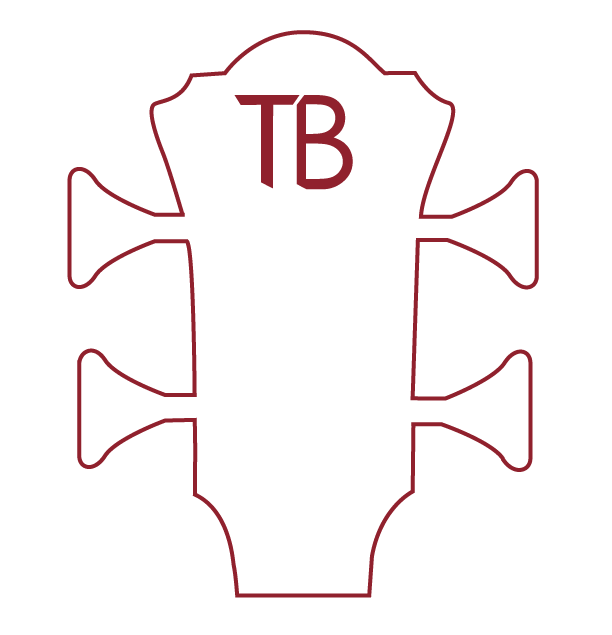Best Buy - Mess & ADAPT agile teams
My Role:
Prototyping
UI Design
UX Design
UX Research
Strategy
Graphic Design
Methods/Tools
Competitive/Comparative Audit
Contextual Inquiries
Cognitive Walkthroughs
Primary/Secondary Research
Customer/Employee Interviews
Usability Testing
Affinity Diagramming
Synthesis
Sketching
Wireframing
Design/Prototyping
Figma
Steak-holder Presentations
As a Junior UX designer at Best Buy, my primary responsibility was on the MESS team; exploring the use of ESL’s (Electronic Shelf Labels) as a replacement for more traditional paper shelf labels. My secondary responsibility was to the ADAPT team. Projects included mobile interactions, logo design, ideation of design systems, and prototyping the new functions of the App Management Platform.
MESS Goals
Discovery & Research
Familiarizing myself with the existing ESL’s, current labels were not up to A11Y standards and were in need of a redesign. A competitive audit illuminated what other retailers were using ESL’s and the differences in design and use cases. Of the seven stores and five companies I visited, only one was taking advantage of ESL’s. Store visits to Best Buy stores was an important task for both teams to gain employee and customer insights into uses of both ESL’s and internal applications.
“This is like trying to put 100lbs of potatoes into a 50lb bag.”
- The Entire MESS Team
-
Codes intended help employees stock items and find items in the store, had little to no value
Issues with the hierarchy of elements most important to consumers
Inclusion of logo for brand loyalty,
Enlarged product price and promotional values
Additional colors/features available for specific items
ESL’s can only display red, white, and black; making accessibility a much greater challenge
Design and continued IdeATION
I worked in conjunction with another UX team responsible for customers initial engagement with ESL’s in-store using of QR codes. That team’s focus was on signage and displays to aid consumers in how to correctly use the new ESL’s as well as navigating stores, while we focused on the ESL’s themselves.
-
• Three categories of product
• Two column design
- Small information and elements lived in one column
- Higher prioritized elements like price and item description lived in the larger column• Icons and simplified messaging were used to streamline
• Create breathing room between individual elements and messaging
• Live within the boundaries of current Best Buy branding and design libraries
-
• No “One size fits all” solution
• Legal language requirements for messaging, disclaimers, and promotions varied greatly between the three categories
• Designing for different languages
• Balance of consumer vs employee needs
• Shifting or removing information per ESL size
ADAPT Goals
AMP (App Management Platform)
The App Management Platform (AMP) was designed for employees to manage their existing applications in addition to downloading new applications to their devices.
-
• Four column grid of available apps
• Search bar to quickly locate apps
• Button for a user to upload a new application
• Each app will have:
- Name
- Application type
- Number of environments the application lives inThe word environment was chosen by the team as it most accurately describes the states (QA, Debug, Production, etc.) that an application may be in.
-
• Users are taken to a new page
• All available environments with expanded details, including if the application is a preview mode or in production are visible
• Below that lives analytics about the apps usage
-
• Editing an applications information will engage a modal
• Editable information:
- Name
- Icon
- Description
- Additional features and url’s• Users are able to delete applications
• “Manage team” feature is taken from existing Best Buy UI
• Management capabilities:
- View current users
- Add employees
- Manage permissions
- Remove users







